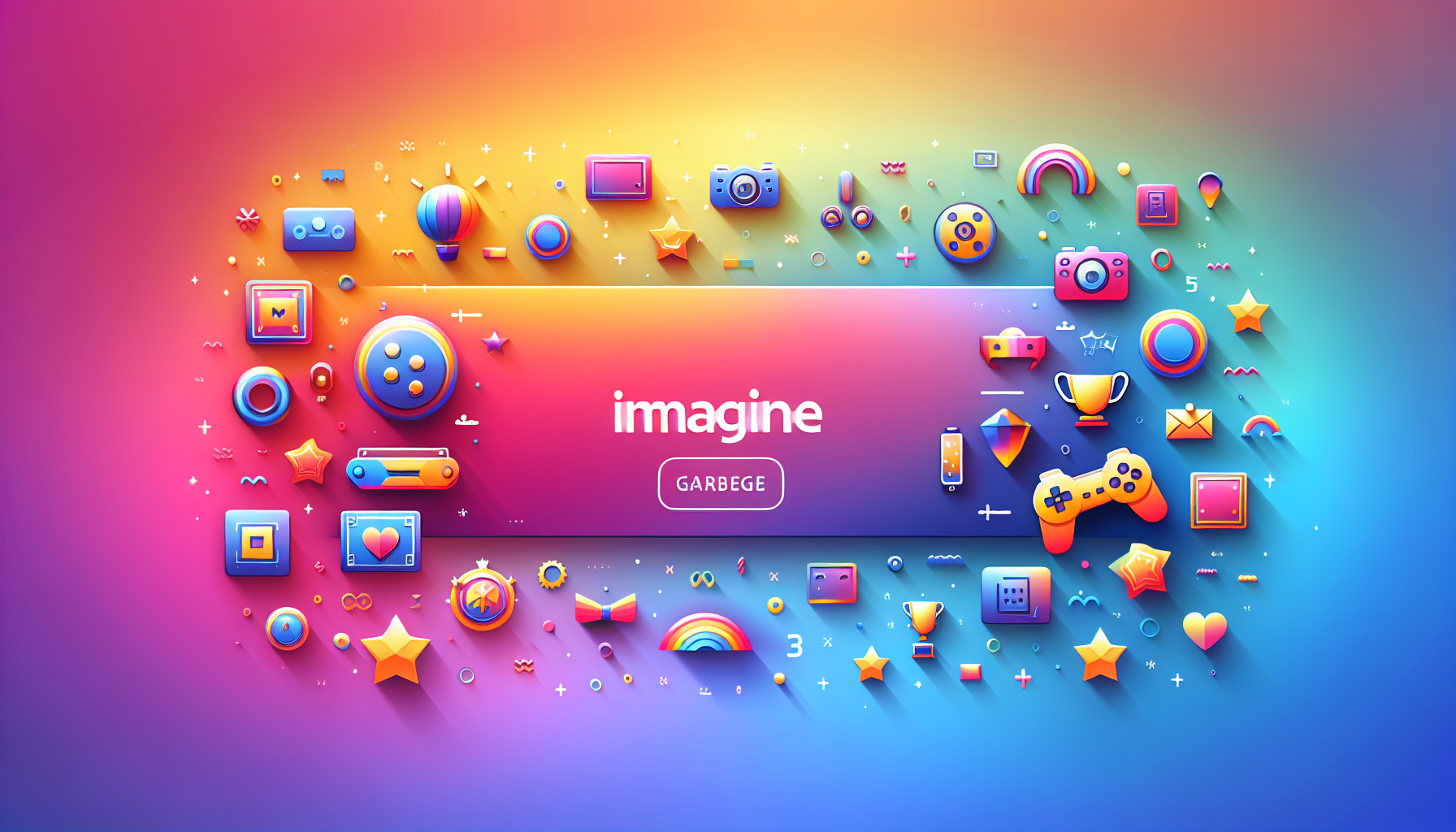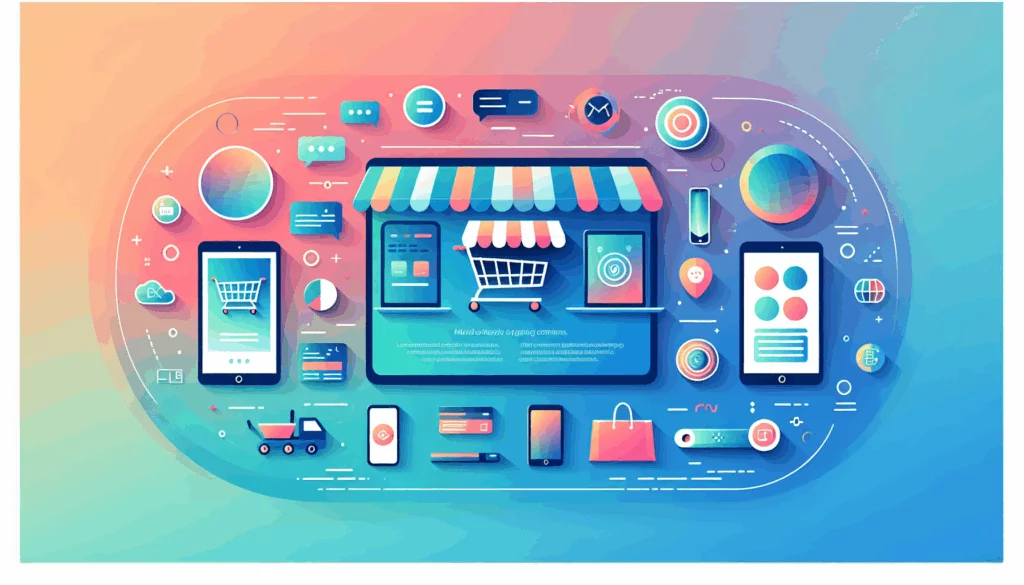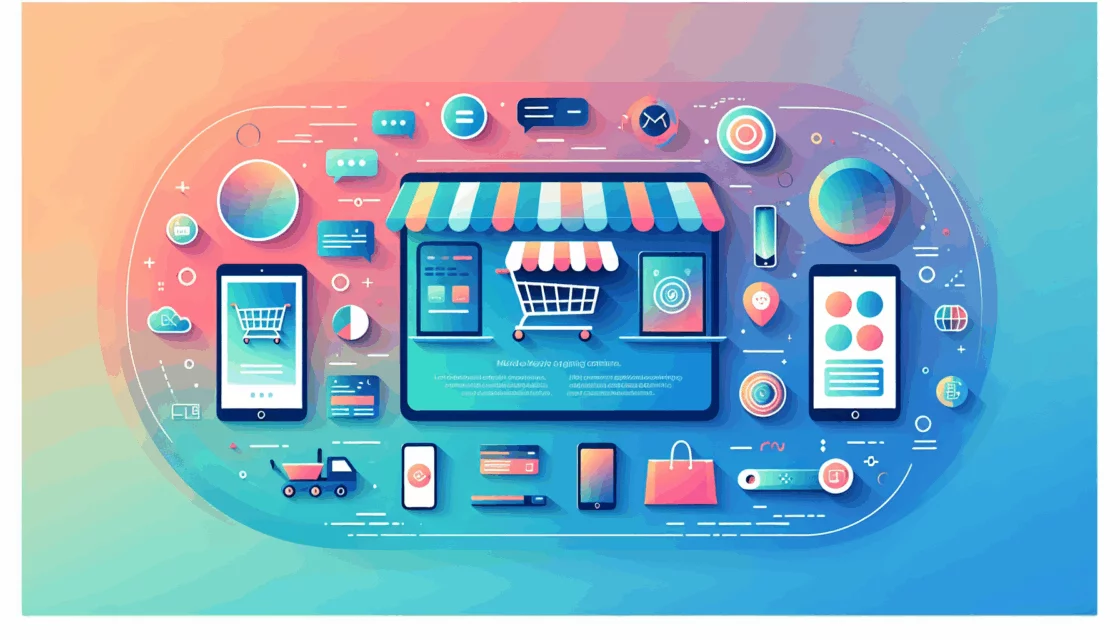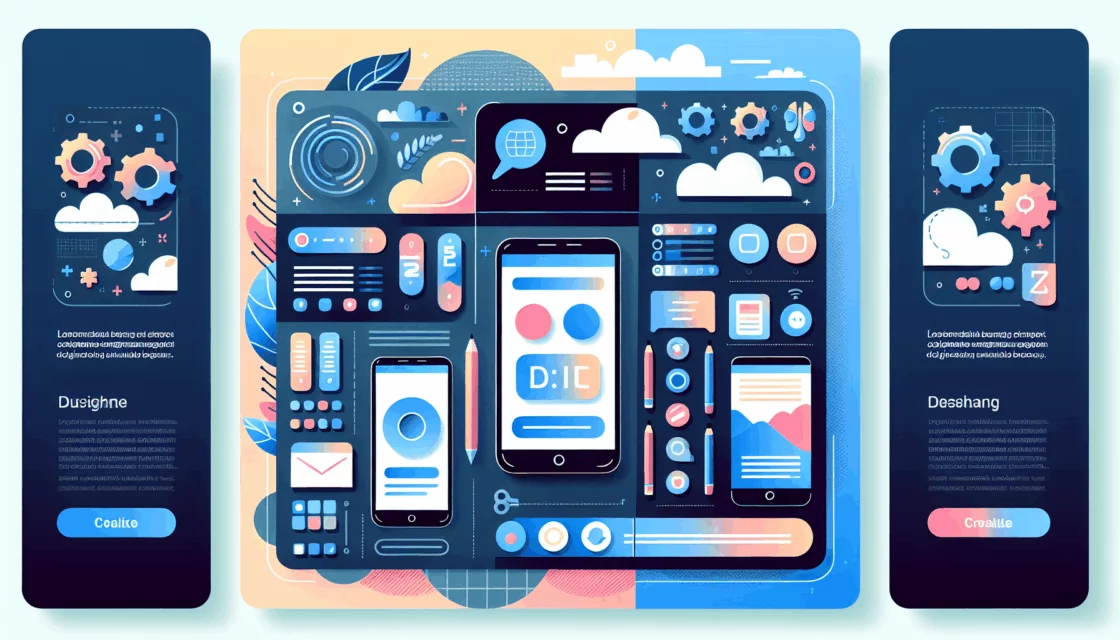
Imagine an online platform that doesn’t just serve a function but compels you to return, keeps you engaged, and makes each interaction feel rewarding. That’s the magic of gamification—a strategy transforming user experience across industries. As digital platforms become more competitive, leveraging interactive design and gamification is not just a trend; it’s a necessity for boosting user engagement.
Why Gamification Matters in the Digital Age
Gamification refers to the application of game-like elements in non-game contexts. When thoughtfully integrated into websites and apps, it can drive behavior, increase retention, and foster loyalty. At Belov Digital Agency, we see firsthand how businesses, from startups to enterprise, are harnessing these techniques to stand out.
The psychology behind gamification is compelling: people love challenges, rewards, and recognition. It taps into our innate desires for achievement and competition, making mundane tasks enjoyable and often addictive.
Core Elements of Gamification
To effectively utilize gamification, you need to understand its core components:
- Points, Badges, and Leaderboards: These are the most recognizable elements. Users earn points for actions, unlock badges for milestones, and see their names on leaderboards, creating a sense of accomplishment and competition.
- Challenges and Quests: Interactive design that introduces missions or tasks keeps users engaged over time.
- Rewards and Incentives: Virtual or tangible rewards motivate continued participation.
- Social Interaction: Features like sharing achievements, competing with friends, or collaborating enhance the community feel.
Each of these elements can be tailored to fit your audience and objectives, as demonstrated by industry leaders.
Real-World Gamification Success Stories
McDonald’s Monopoly: Classic Gamification at Scale
McDonald’s Monopoly is a masterclass in gamification. By offering game pieces with every purchase, customers are encouraged to return frequently in hopes of winning prizes. The excitement of collecting pieces and competing for rewards drives significant foot traffic and brand loyalty. This campaign is consistently cited as one of the most successful examples of gamification in marketing.
For more inspiration on how gamification can transform customer behavior, check out Snipp’s roundup of engagement examples.
Heineken Star Player: Engaging Sports Fans
Heineken’s Star Player app turns watching football matches into an interactive experience. Fans predict match outcomes in real time, earn points, and compete on leaderboards. This strategy not only boosts engagement with the game but also strengthens the brand’s connection with its audience, especially younger, tech-savvy consumers.
M&M’s Eye Spy Pretzel: Viral Gamification
M&M’s used a simple hidden-object game to promote its new pretzel-flavored candies. The game’s engaging visuals and easy social sharing led to viral success, with thousands of new likes and shares on Facebook. This campaign demonstrates how even small gamified experiences can create big impact.
Best Practices for Implementing Gamification
To ensure your gamification efforts succeed, consider these best practices:
- Align Gamification with Business Goals: Whether it’s increasing sales, boosting engagement, or collecting data, your gamified features should serve a clear purpose.
- Understand Your Audience: Tailor the experience to the preferences and behaviors of your users.
- Keep It Simple and Intuitive: Complex mechanics can frustrate users. Start with straightforward challenges and rewards.
- Leverage Data and Feedback: Use analytics to track engagement and iterate based on user feedback.
- Foster Community: Enable users to share accomplishments and compete with peers for a richer, more engaging experience.
How Major Apps Use Gamification to Drive Engagement
Duolingo: Turning Learning Into a Game
Duolingo’s approach to language learning is built around gamification. Users earn points, compete in leagues, and unlock new levels as they learn. This keeps learners motivated and coming back every day.
Nike Run Club and Nike+Fuel: Fitness Gamification
Nike leverages gamification to make fitness fun. With features like achievements, badges, and social sharing, users are motivated to track their runs and compete with friends. This not only boosts engagement but also collects valuable data for product development.
For those managing WordPress sites and looking for high-performance hosting, consider Kinsta managed WordPress hosting—ideal for running gamified experiences smoothly.
MyFitnessPal and Forest: Wellness and Productivity
MyFitnessPal gamifies health tracking with badges, milestones, and streaks for consistent logging of meals and workouts. Forest, on the other hand, uses a virtual tree-growing mechanic to encourage users to stay focused and off their phones. Both apps show how gamification can turn routine tasks into engaging habits.
Onboarding and Gamification: First Impressions Matter
Effective onboarding is critical for retention. Gamified welcome screens, interactive tutorials, and checklists can guide users through initial steps, reducing anxiety and increasing activation rates. For instance, Attention Insight saw a 47% increase in user activation by adding gamified onboarding elements.
If you want to learn more about optimizing onboarding for your platform, our team at Belov Digital Agency can help you craft a custom solution.
Gamification and Interactive Design: A Powerful Pair
Interactive design amplifies the impact of gamification. Features like real-time feedback, engaging animations, and intuitive UI make the experience enjoyable and memorable. For example, Waze turns traffic reporting into a game, with users earning points and seeing their contributions on leaderboards. This transforms a utility app into a social, rewarding experience.
Want to see how your website can benefit from interactive design and gamification? Contact Us to discuss your project.
Technical Considerations for Gamified Experiences
Implementing gamification requires robust technology and thoughtful planning:
- Performance: Gamified features can increase load times and server demands. High-performance hosting, such as Kinsta, ensures smooth user experiences, especially during peak engagement.
- Security: Protecting user data and achievements is crucial for trust and retention.
- Scalability: As your user base grows, your gamification system must scale to handle increased activity without downtime.
- Integration: Seamlessly integrating gamification with existing platforms—WordPress, Shopify, or custom solutions—ensures a cohesive user journey.
Looking Ahead: The Future of Gamification and User Engagement
Gamification is evolving rapidly. Emerging trends include:
- AI-Driven Personalization: Machine learning enables more personalized challenges and rewards, increasing relevance and engagement.
- Immersive Technologies: Virtual and augmented reality offer new ways to gamify experiences, making them even more interactive and engaging.
- Cross-Platform Experiences: Gamification is expanding beyond apps to websites, wearables, and even offline events, creating a unified brand experience.
To stay ahead, businesses must continuously experiment and innovate. Explore the latest gamification strategies at Storyly’s best practices guide.
Summary and Your Next Steps
Gamification is a powerful tool for enhancing user engagement. By leveraging points, badges, challenges, and interactive design, brands can create memorable, rewarding experiences that keep users coming back. Real-world examples from McDonald’s, Heineken, Duolingo, and Nike illustrate the broad potential of gamification across industries.
If you’re ready to transform your digital presence with gamification, Belov Digital Agency is here to help. Our team specializes in crafting custom solutions that drive engagement and foster loyalty. For more insights, check out our portfolio or reach out directly via our contact page.
Don’t miss out on the latest trends in digital strategy—Subscribe to our blog for more expert advice and case studies.
For further reading and inspiration, explore these resources:













